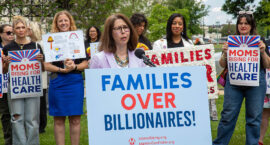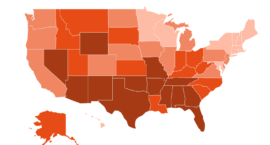
In its Medina v. Planned Parenthood South Atlantic ruling last week, the U.S. Supreme Court issued a devastating blow to reproductive health clinics across the nation. A substantial slate of decisions issued by the Court Friday dealt several more severe blows to the rule of law and our constitutional rights—though a silver lining was the Court’s decision to uphold the Affordable Care Act’s preventive-care mandate.











